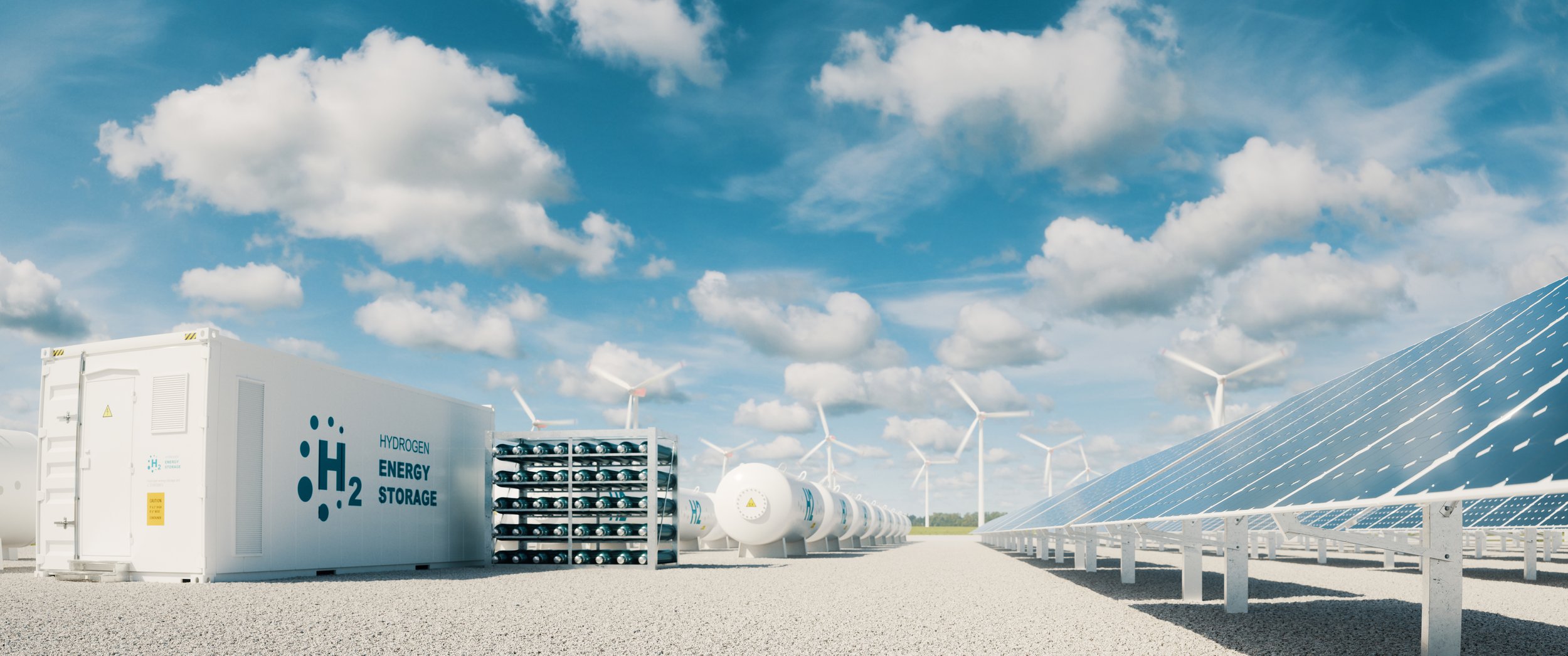
The Bowen Green Hydrogen Project aims to deliver Australia’s first domestic focused operational Green Hydrogen production facility in Queensland’s Bowen Region. Phase 1 of the Project is to work with the horticulture and supermarket sectors to develop the world’s first fossil fuel free farming region by replacing the use of all on farm diesel and petrol with emissions free green hydrogen.
What is Green Hydrogen?
Green Hydrogen is produced through the use of renewable energy (such as solar and wind), by the process of electrolysis. This production process emits little to no harmful emissions when compared to other alternative methods of hydrogen production. Unlike solar and wind energy, Green Hydrogen can be stored to later power vehicles and equipment as an alternative to fossil fuels or further processed to produce ammonia for fertiliser.
Why Green Hydrogen in Bowen?
The Bowen Region has an abundance of many resources and is ideally suited for the development of a green hydrogen facility for the following reasons:
World class renewable energy from solar, wind and biomass (sugar cane waste).
The regions 300 days of abundant sunshine. The Bowen Region is located in the Dry Tropics, meaning that its rainfall is predominantly in the summer season (Dec-Feb). For the rest of the year, near dry conditions perpetuate
Multiple national and international companies operate within a short range, all of which are seeking to comply with sustainability and net zero emissions targets for environmental risk and reputational risk reduction.
The Region produces 1/5th of Australia’s yearly vegetables and is Australia’s largest winter vegetable growing area producing 250 million kilograms (250,000 tonnes) of horticulture and fruit per year. Heavy vehicles are required to travel long distances to reach supply destinations and return.
Bowen is located in North Queensland and lies on the Whitsundays (the Great Barrier Reef). Townsville is 1 hr 30 minutes to the north (120 km) with its logistics, export port and international airport.
The Great Barrier Reef lies adjacent to the Bowen and Townsville regions. The Great Barrier Reef was declared a World Heritage Area in 1981 and covers an area larger than the United Kingdom, Holland and Switzerland combined.
The Reef 2050 Long Term Sustainability Plan is the Commonwealth and Queensland Government’s framework for protecting and managing the Great Barrier Reef. The Reef 2050 Plan is driving local enterprises to take action to reduce environmental risks and hence reputational risk – to demonstrate clear action is being taken to reduce actual and perceived damage to the Great Barrier Reef.
The Region is immediately adjacent to captive market to progressively replace 2 billion litres of diesel with green hydrogen for heavy vehicles, trucks, trains, buses, boats, farm machinery, tourist resorts, smelters, abattoirs, logistics, packaging, mines (56 in total) and electricity generation (at remote locations).
Diesel powered trains carrying 30 million tonnes (and increasing to 50 million tonnes) of coal each year are required to travel 400 km to 500 km one way to reach the adjacent NQBP Abbot Point Coal Terminal.
The coal train logistics company uses some 200,000 tonnes of diesel each year to move the coal from the mines to the Abbot Point Coal Terminal.
Why Green Hydrogen Now?
Hydrogen and hydrogen-based fuels are key pillars to achieving net zero targets. To achieve global net zero emissions scenario by 2050, the International Energy Agency forecasts that hydrogen-based fuel production will need to increase to 212 million tonnes per annum by 2030 and 530 million tonnes per annum by 2050. Renewable hydrogen from electrolysis-based production is forecast to achieve a 60% share of this.
Australia’s ambition is to become a renewable energy superpower, to decarbonise the economy and to increase clean energy exports which contribute to regional and global decarbonisation. With strong support from the Australian government and economic, political and social support for renewable alternatives, investment into Hydrogen and other renewable energy is growing in demand.
The Queensland Government has established the Queensland State Government Hydrogen Industry Strategy for the development of hydrogen production and use. The Queensland Hydrogen Taskforce will focus on delivering a globally attractive destination for hydrogen investment. The Taskforce will work with industry across the hydrogen supply and demand chain to assist in accelerating industry growth in Queensland and support the facilitation of private investment in projects and infrastructure.
Green hydrogen is a raw material input for ammonia, urea and green fertilisers. These additional industrial processes will be explored during the development and growth of the Project.
Contact Us
Feel free to contact us with any questions you have regarding the Bowen Green Hydrogen Project.
Email
seanb@bowengreenh2.com.au
Phone
0488 759 303





